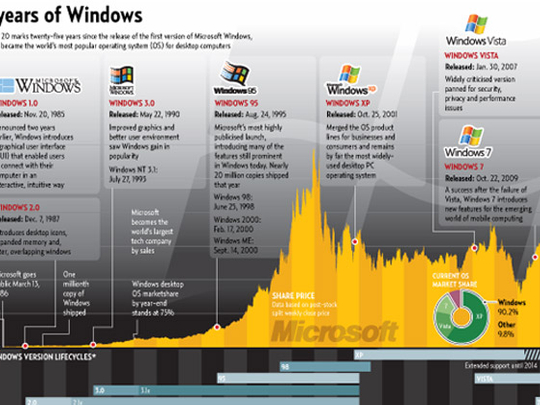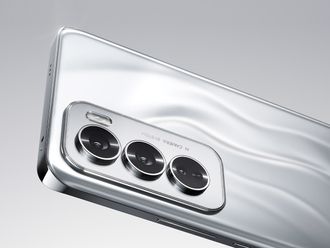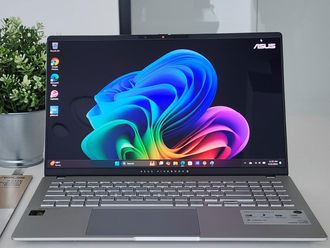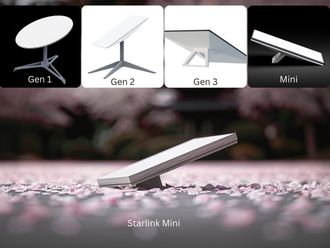
The bald man in the ill-fitting check jacket doesn't pause as he stands beside the beige 1980s-vintage PC. "How much do you think this advanced operating environment is worth? Wait just one minute before you answer," he instructs eagerly. "Watch as windows integrates lotus 1-2-3 with" he clutches his lapels — "Miami Vice!"
We're only 15 seconds in but already you feel buffeted. "The MS-DOS executive, an appointment calendar, a cardfile, a notepad, a clock, a control panel, a terminal, printer, a RAM driver, and can you believe it, REVERSI, yes that's right, all these features and Reversi, for just Hooow much did you guess?"
That 1985 clip on YouTube of Steve Ballmer, then head of the nascent Windows group but for the past decade the chief executive of Microsoft, may not have been entirely serious. In those days, PCs were very much the province of businesses, because only they could afford the thousands of dollars they cost. Windows 1.0 was introduced on 20 November 1985. To be honest, it didn't set the world on fire. "It was a hideous mess. All primary colours and no overlapping windows," recalls Scott Earle, a programmer at the time.
Huge change
But it heralded a huge change in how the majority of people interacted with computers, one that also marked the beginning of one of the most audacious business double-crosses ever. For Windows was the lever Microsoft used to overthrow IBM's position at the top of computing.
It's easy today to forget how revolutionary the whole idea of working with Windows showing multiple programs on a computer screen was in the 1980s. Before then, you worked in one program, which would draw its own windows on the screen; Lotus 1-2-3, which Ballmer refers to, was the pre-eminent office suite.
Xerox's Palo Alto Research Centre had different ideas: it developed computers that put programs into their own "windows". One day Steve Jobs, then (as now) head of Apple, visited, was shown a demonstration, and decided this was how computers would all work one day. Back at Apple, he drove a team to build the Lisa computer, which appeared in 1983.
The Lisa was bizarre, extreme, futuristic. Using the "mouse" — what a name! you could "click" on things, or "drag" them around the screen. You could change fonts, "cut", "copy" and "paste" words and pictures. Compared to the CLI world, it was like having a car when everyone else had horses. Xerox called it a GUI — graphical user interface.
Microsoft saw it too as did other rivals at the time,
But Microsoft had the advantage that it had been chosen by IBM to provide the original command-line system for the IBM PC, which had defined the market in 1982. So it had a ready market when it started to offer Windows. IBM was meanwhile increasingly unhappy at new rivals such as Compaq which had created copies of the IBM PC's architecture the "clones". So IBM devised OS/2, an operating system for IBM PCs.
Other ideas
Bill Gates and Ballmer had other ideas. Gates in particular saw OS/2 as a threat. So Microsoft sort of cooperated with IBM on OS/2 but meanwhile developed Windows to run on any computer compatible with the original IBM specification. IBM had customers, but Microsoft had a growing market of businesses large and small that liked the idea of not being tied to IBM.
And once Microsoft got momentum, it didn't let up. Windows got better and better, until Windows 3.1, released in March 1992, in effect killed OS/2 for good. In August 1995, Windows 95 had a launch that saw people queuing to buy it at midnight. After that, everything has just been incremental.
Now, 25 years on, the struggle has shifted to mobile phones where there's a new form of GUI, introduced by, once again, Apple. In 2007, the iPhone brought touchscreens, app stores and, once again, a different way of interacting. The question now is whether Windows will survive another 25 years, those both within and without have begun to question.
You only have to look at the banks, supermarkets, media organisations, musicians, games companies and everyone else offering mobile or tablet apps to see that a post-PC world isn't fanciful. Quite how soon that Windows-free day will come is hard to guess. Microsoft won't be able to dominate smartphones in the way it did PCs.
Unbothered, Microsoft is already working on Windows 8. It's probably safe to say that while there are PCs, there will be Windows.
Are you a Windows user? Do you think Microsoft can still complete with Apple? What new software features or changes would you like to see?











